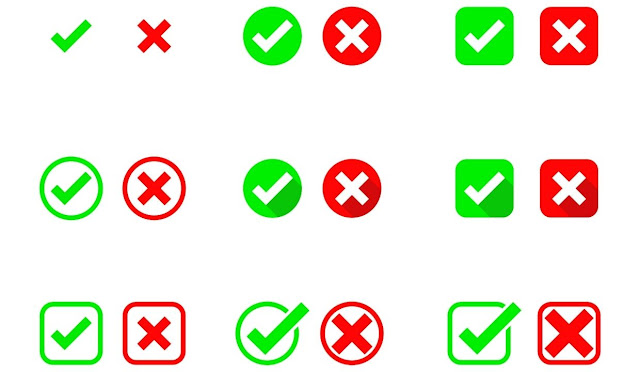RCEP Helps Vietnam Accelerate Investment Attraction
Together with ASEAN countries, Vietnam absolutely have the opportunity to become a hub to attract foreign investment in Vietnam, especially from countries participating in the Regional Comprehensive Economic Partnership (RCEP).
Finally, the RCEP was signed after 8 years of negotiations. Although it still has to wait a while for the 15 member countries, including 10 ASEAN member countries and 5 partners (including China, Japan, Korea, Australia and New Zealand) to approve, the assessment of the impact of the RCEP on the Vietnamese economy has been repeatedly confirmed.
The rules of origin procedures in RCEP bring significant advantages to Vietnam, whose economy is heavily dependent on imported materials. Vietnam is having a large trade deficit from Korea, China on raw materials for export production and it is always difficult for the origin of goods when exporting to many major markets around the world.
With RCEP, it is reported that Vietnamese enterprises can more easily access raw materials from member countries to produce export goods. For example, it is possible to import electronic chips from Japan and Korea; imported raw materials for textile and leather from China, then produced domestically and exported to other countries, at the same time satisfying the rules of origin within the bloc to take advantage of tariff preferences.
Not only with Vietnam, experts also agreed that RCEP is a favorable opportunity for all countries to participate in restructuring, repositioning supply chains and participating in global value chains. With RCEP, ASEAN is hoping to become the center of the global production chain. If we can do that, the chances for Vietnam are not small.
Vietnam has the opportunity to reshape and better exploit new positions, thereby building up a position in the global supply chain map. Of course, there will be an opportunity to attract investment. RCEP can help Vietnamese companies expand their markets, join regional supply chains and attract foreign investment.
Among the remaining 14 RCEP member countries, most are major investment partners of Vietnam. Even in the list of 10 countries and territories with large investment in Vietnam, there are 6 partners from RCEP. In which, the largest is Korea (70.38 billion USD), followed by Japan (59.89 billion USD), Singapore (55.7 billion USD), China (18 billion USD), Malaysia (12.8 billion USD), Thailand (12.5 billion USD).
Even without RCEP, foreign investment capital from these countries is still pouring into Vietnam, especially when Vietnam is the focus of attention of international investors, when investment flows are changing during Covid-19 period.
Currently, China, Japan, Korea and even Singapore, Thailand, Malaysia are speeding up investment abroad to expand production and supply chains. Vietnam is a safe and attractive destination. The opportunity to speed up investment attraction from RCEP member countries will be greater for Vietnam, especially when Vietnam is building many outstanding mechanisms and policies to catch the shifting investment inflows.
But with RCEP, the story is not just the investments between RCEP members. The prosperity, large market size of the RCEP bloc will also make it become the focus of global investors.
When proposing to negotiate RCEP, ASEAN countries also want to create a favorable environment to connect economies, creating opportunities for enhancing production capacity towards the goal of building ASEAN into a dynamic and unique economic region in terms of production and market.

.jpg)

.jpg)
Nhận xét
Đăng nhận xét